Whitesnake
Buy Whitesnake Whitesnake‘s eponymous 1987 album bears the dual distinction of being the moment where a rock band finally reaches its full commercial promise and assures its own rapid demise. Both of these achievements […]
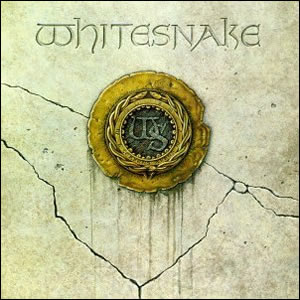
Buy Whitesnake Whitesnake‘s eponymous 1987 album bears the dual distinction of being the moment where a rock band finally reaches its full commercial promise and assures its own rapid demise. Both of these achievements […]
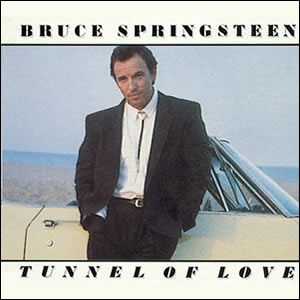
Following the multi-year, top of the pop world success of the studio album Born In the USA and the live compilation Live / 1975-85, Bruce Springsteen surprised a lot of listeners with the […]
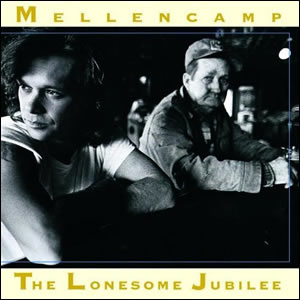
The Lonesome Jubilee is the ninth album by singer-songwriter John Mellencamp, who released many genres of music dating back to his days as “Johnny Cougar” in the mid 1970s. On this album, Mellencamp […]

Buy The Joshua Tree The Joshua Tree was the long-awaited fifth studio album by U2, released in the spring of 1987. Although not a true “concept” album, it was uniformly inspired by the […]
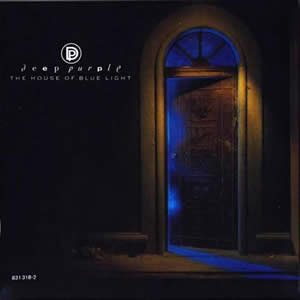
Buy The House of Blue Light Through the years, Deep Purple went though a bunch of lineup changes with only drummer Ian Paice remaining with the band throughout all phases. In fact, there […]
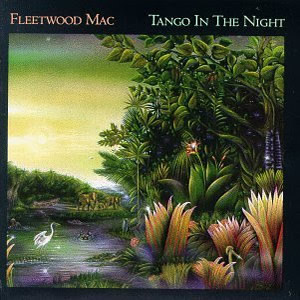
Tango In the Night is the fifth and final studio album by successful quintet that brought sustained stardom for Fleetwood Mac. Like their previous four albums, it found popular success driven by the […]
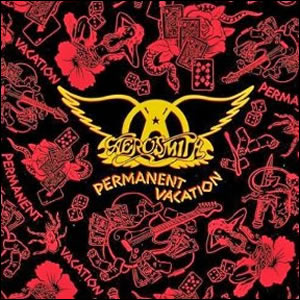
In spite of their much celebrated “reunion” in 1984, two years later Aerosmith was still a band in turmoil. Their 1985 album Done With Mirrors did not do so well commercially and various […]
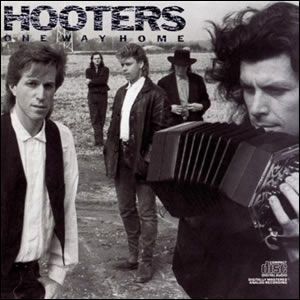
Buy One Way Home After two years of extensive touring in support of their first major label success, Nervous Night, the Philadelphia based group The Hooters returned to the studio to record One […]
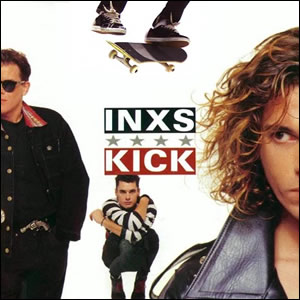
Buy Kick The Australian band INXS reached their absolute commercial peak with the well-crafted pop/rock/dance album Kick in 1997. This was the band’s sixth overall studio album since 1980 and marked a distinct […]
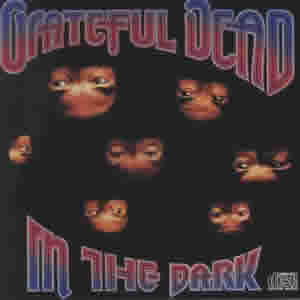
Buy In the Dark In the Dark was the first studio album by the Grateful Dead in over seven years (their twelfth overall) and was a comeback album on several levels. It was […]